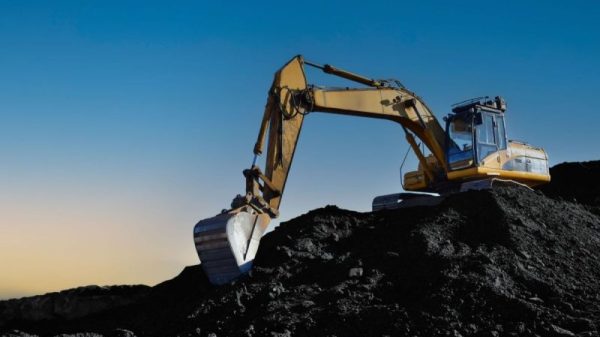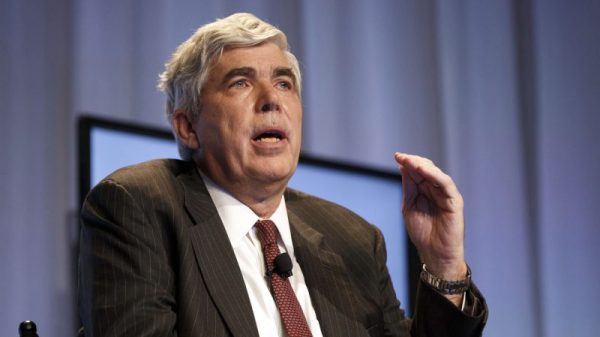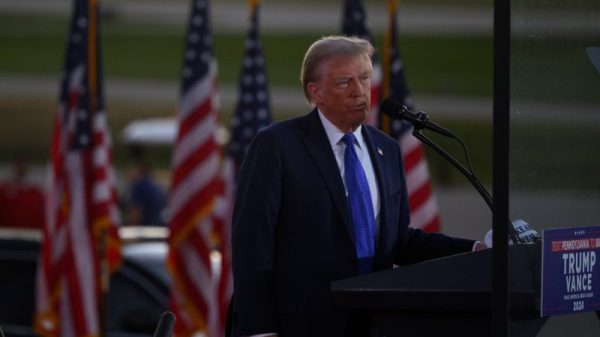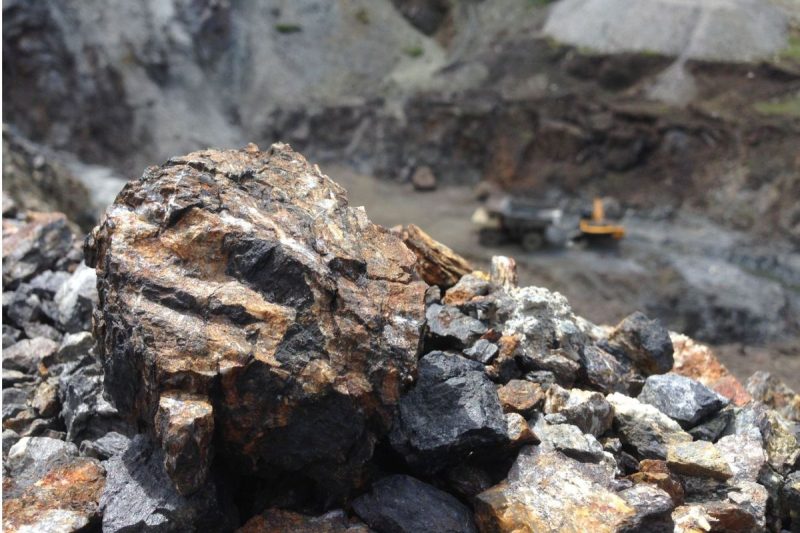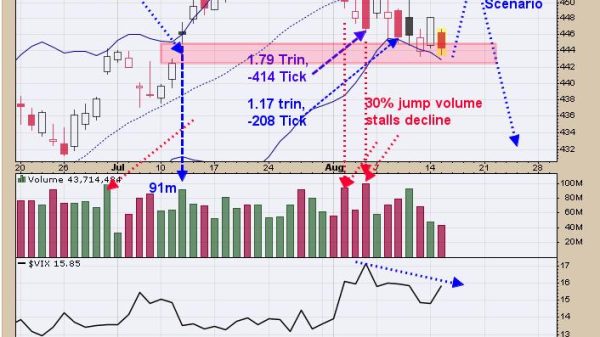Manganese, a key ingredient for the steel market, is also seeing growth in demand from the electric vehicle battery sector, particularly when it comes to high-purity manganese chemical products.
Manganese investors are often interested to hear which countries produce the most of the metal. After all, if a nation is producing a lot of manganese, many companies are likely operating there — and investment opportunities may thus be available. However, what investors sometimes fail to consider is manganese reserves, or how much economically mineable manganese a country holds, and what companies are working to bring those reserves into production.
With that in mind, here’s an overview of the five countries with the highest manganese reserves. Data for this list comes from the US Geological Survey’s latest report on manganese.
1. South Africa
Manganese reserves: 600 million MT
At 600 million metric tons (MT), South Africa holds the highest manganese reserves in the world by a long shot. The nation is also the world’s top producer of the metal, with 2023 output of 7.2 million MT.
South32 (ASX:S32,LSE:S32,OTC Pink:SHTLF) is a major presence in the South African manganese space. Its South Africa Manganese operation is located in the manganese-rich Kalahari Basin, and consists of the open-pit Mamatwan mine, the underground Wessels mine and the Metalloys manganese alloy smelter.
Another ASX-listed manganese miner, Jupiter Mines (ASX:JMS,OTC Pink:JMXXF) is also operating in the area at its Tshipi Borwa mine, considered the largest manganese mine in country and one of the largest in the world.
2. China
Manganese reserves: 280 million MT
The country with the next highest manganese reserves is China at 280 million MT. The Asian nation is also the fourth largest producer of manganese ore, the largest producer of refined manganese and the largest consumer of the metal. Unsurprisingly, China’s economy and government regulations have an outsized impact on the global manganese market.
In late 2023, new manganese deposits were discovered in the southeast province of Jiangxi during government-led exploration work. This is in addition to the manganese deposits discovered in the southwest province of Guizhou in 2017. These discoveries have yet to be accounted for in estimates from the US Geological Survey.
3. Brazil
Manganese reserves: 270 million MT
Brazil hosts a total of 270 million MT of manganese reserves as of 2023. The country produced 620,000 MT of the metal in 2023, making it the seventh-largest manganese-producing country.
Buritirama Mining, a subsidiary of Grupo Buritipar, is Brazil’s leading producer of the metal. Last year, the company invested US$200 million to expand operations at its Para state mine. Major miner Vale (NYSE:VALE), previously the largest manganese miner in the country, offloaded its Brazilian manganese and iron ore assets to J&F Investimentos in 2022. Going forward, J&F has said it plans to invest more than US$1 billion in increasing the iron ore and manganese output from the mines it purchased from Vale.
4. Ukraine
Manganese reserves: 140 million MT
Ukraine produces much less manganese than South Africa, but its reserves of the metal are quite high — it put out 320,000 MT of manganese in 2023 and its reserves stand at 140 million MT. About one-third of its total reserves are hosted in the country’s mineral-rich Nikopol Basin, home to Europe’s largest manganese ore deposit.
Russia’s war against Ukraine has curbed operations in many sectors of its economy, including its manganese production. In late 2023, increased shelling led Marganets Mining to suspend operations at the Nikopol ferroalloy plant. In addition, high electricity costs and low prices for manganese prompted another manganese producer, Pokrovsky GOK, to suspend operations at its manganese mine and plant.
5. Australia
Manganese reserves: 110 million MT
At 110 million MT, Australia holds the fifth highest manganese reserves in the world. The nation is also the world’s third largest producer of the metal. In 2023, Australia’s manganese output came in at 3.3 million MT.
Australia’s largest manganese ore producer is Groote Eylandt, a 60/40 joint venture between South32 and Anglo American (LSE:AAL,OTCQX:AAUKF) in the nation’s Northern Territory. In mid-March, operations at Groote Eylandt were negatively impacted by tropical cyclone Meghan — the second strongest cyclone to hit the area in the past two decades.
The storm damaged critical infrastructure at the site, including a haulage bridge between the mine and processing facilities, as well as the wharf from which manganese ore is shipped. South32 is currently conducting engineering studies to determine a schedule and capital costs to make the repairs needed to restore operations at Groote Eylandt.
More manganese reserves by country
With total global manganese reserves sitting at 1.9 billion MT, many other countries also hold significant reserves of the battery metal. Here’s a quick look at where other nations stand:
6. Gabon — 61 million MT
7. India — 34 million MT
8. Ghana — 13 million MT
9. Kazakhstan — 5 million MT
10. Mexico — 5 million MT
Securities Disclosure: I, Melissa Pistilli, hold no direct investment interest in any company mentioned in this article.


